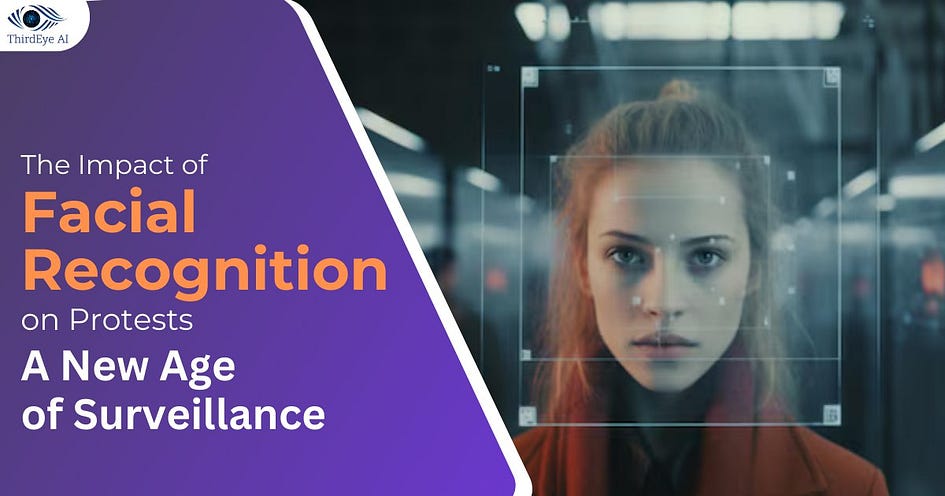
Facial recognition technology has rapidly transformed from a futuristic concept to a mainstream surveillance tool, with implications that extend far beyond security. This technology is revolutionising the way we approach identity verification, attendance tracking, and even public safety. However, as it becomes more widespread, facial recognition is also reshaping the landscape of protests and civil liberties, raising serious concerns about privacy and freedom of expression.
Facial Recognition and Mass Surveillance
The use of facial recognition for public safety has garnered significant attention in recent years. Initially designed for security and biometric identification, this technology can scan faces in a crowd, matching them against databases to identify individuals. While this has practical applications in combating crime and terrorism, it also opens the door to mass surveillance, enabling authorities to track and monitor citizens on an unprecedented scale.
The Rise of Facial Recognition-Based Attendance Systems
Beyond public surveillance, facial recognition is also making its way into corporate environments. Companies are adopting facial recognition-based attendance systems to streamline employee check-ins and improve security. These biometric face recognition systems use advanced algorithms to identify employees and mark attendance automatically. While efficient, this trend raises questions about data security and the potential for misuse.
Facial Recognition and Protests
One of the most concerning applications of facial recognition is its use in monitoring protests and public demonstrations. Historically, mass protests offered a level of anonymity, allowing people to express dissent without fear of retribution. However, with facial recognition, a lone face in a crowd can be identified and tracked. This technology’s deployment at protests can lead to a chilling effect, as individuals become hesitant to participate, fearing persecution or arrest.
Cases from Around the World
Recent examples from Russia, India, and Iran demonstrate how facial recognition is impacting protest movements. In Russia, facial recognition-based attendance systems at the Moscow Metro have been used to preventively detain anti-war protesters. In India, biometric facial recognition has been employed to target minorities and religious groups, with authorities using it to clamp down on dissent. In Iran, the threat of facial recognition looms over women protesting strict hijab laws, with the technology allegedly used to identify and punish violators.
The Role of Smart Attendance Systems
Smart attendance systems using face recognition are becoming more prevalent in schools, workplaces, and public events. These systems promise efficiency and automation, but their adoption raises ethical questions. In the context of protests, these systems can be used to identify and track individuals, further eroding the anonymity that has historically been a cornerstone of public demonstrations.
Balancing Technology and Civil Liberties
As facial recognition technology advances, it’s crucial to balance its benefits with the protection of civil liberties. Policymakers and technology developers must work together to create safeguards that prevent abuse and protect individual privacy. This includes implementing regulations that govern the use of facial recognition in public spaces and ensuring that citizens have recourse if their rights are violated.
In conclusion, while facial recognition offers efficiency and security in many applications, its impact on protests and civil liberties cannot be ignored. As we navigate this new era of surveillance, it’s essential to remain vigilant about protecting the rights and freedoms that underpin democratic societies.
Comments